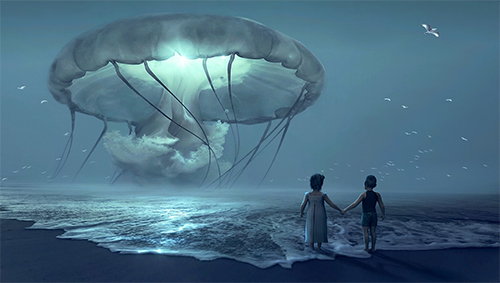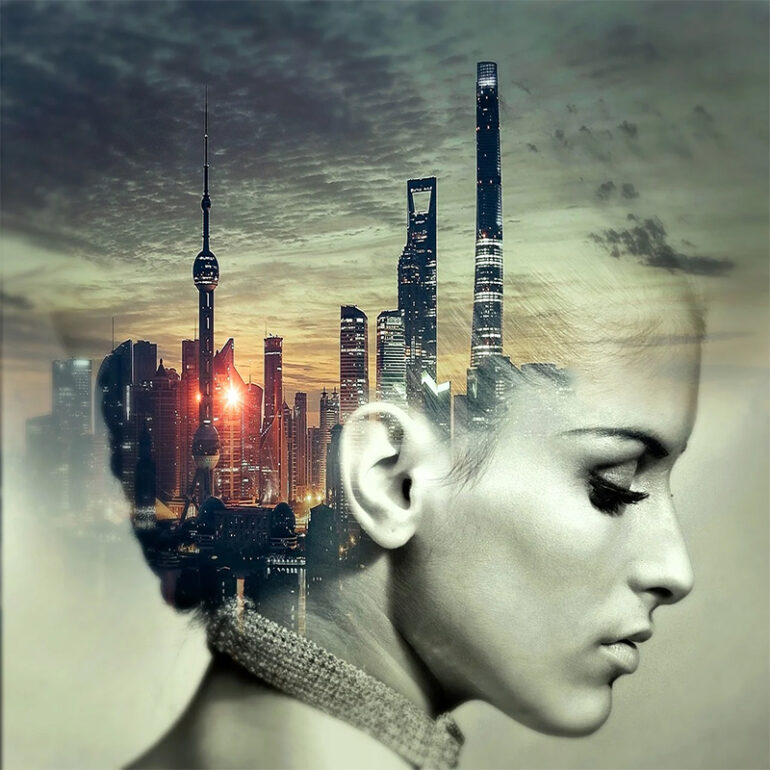Visual art has been around for millennia, the first known artworks of which were found in caves depicting different animals and ancient people. Throughout the years, we saw visual art continue to evolve: from stones to clay to pencils to paints to water colors. You can bet visual artists have used them. And with the dawn of technology, we saw another form of visual art: digital art.
The introduction of digital art

The 1980s saw the development of the personal computer. Computer technology quickly developed, and visual artists started emerging. What does digital art mean? The term was first used in the ‘80s when computer engineers developed a paint program. Harold Cohen was a pioneer digital artist who first used the program successfully. The program was dubbed as AARON, a machine that could make large drawings and print them on paper that is placed on the floor. As the years went on, Cohen developed the AARON to be more user-friendly.
Will contemporary art be put to the back burner?
Although visual art took the art world by storm, we are not yet ready to say goodbye to contemporary art by the world’s greatest and most prolific artists such as Van Gogh, da Vinci, Monet, and others. The art world is vast, and both classic and digital art can exist together without one wiping out the other.
How is digital art made?
There are several techniques by which digital art can be made. It can either be scanned, drawn, or generated by a computer. Computer technology developed at a quick pace. Soon after, artists could already download videos onto their computer, and they could edit or manipulate the images they have taken using video cameras.
Famous digital artists
There are so many digital artists that create beautiful art using computer technology. Some of them are David McLeod, Stephen Mcmennamy, Alberto Seveso, and Sean Charmatz. McLeod is an Australian that specializes in CGI or computer-generated imagery. Artists and filmmakers use CGI to create images and special effects that we usually see in movies. Mcmennamy uses several photos of entirely different subjects and combining them to create wild images. His technique does not solely rely on Photoshop. He meticulously photographs each subject that he combines. Seveso is famous for his high-speed photography creations. Charmatz is a storyboard director for Spongebob Squarepants. He creates animations by bringing everyday, ordinary objects to life.
Key differences between traditional and digital art
Traditional art is created by hand – painting, sculpture, and the like. The imperfections to these works are also unique, giving them a unique value. Mistakes in traditional art are also harder to remove. Artists can only cover them up to not be too obvious, or they could embrace the mistakes as part of the artwork’s charm. Digital art, on the other hand, is quicker to complete. You can also undo any errors made on the artwork before the presentation. There are unlimited possibilities for experimentation and exploration. Duplication is also easier and more efficient.
Photo Attribution:
1st and featured image from https://cdn.pixabay.com/photo/2017/11/21/20/23/cd-cover-2969102_1280.jpg
2nd image from https://cdn.pixabay.com/photo/2018/04/01/19/15/fantasy-3281842_1280.jpg
